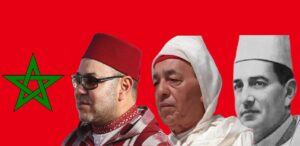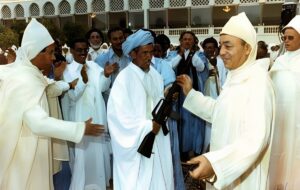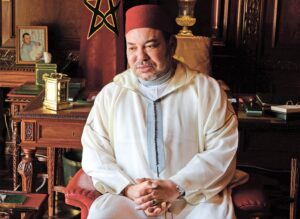The era of Mohammed VI... Fourth: Economic achievement... Infrastructure, manufacturing, and African expansion!!
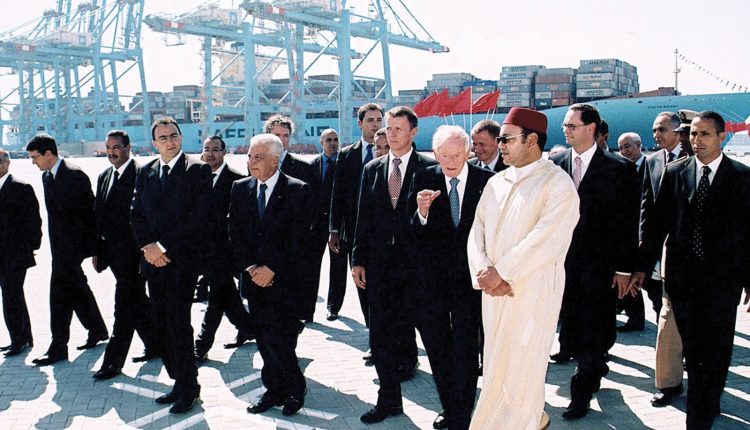
Perhaps the most remarkable achievements under King Mohammed VI are the economic accomplishments that can be observed by both experts and non-experts, even if the perspectives on these accomplishments differ depending on the observer and analyst. Since we are in the process of taking stock of the most prominent features of what we have dubbed the "Era of Mohammed VI," to establish what can be considered the "strategic foundations for restoring the honorable status of the Kingdom," and having presented in the previous three episodes the philosophy of governance, security fortification, politics, and diplomacy, we will attempt to identify the most prominent economic accomplishments, which are truly difficult to enumerate. We will, in turn, divide these into internal and external achievements.
Once again, by recalling the two qualities that distinguish King Mohammed VI: courage and foresight, it can be said that the "roadmap" for bringing the Kingdom of Morocco to the position it enjoys today clearly required strengthening the domestic economic situation before expanding externally into the Kingdom's geostrategic space: the African continent. Thus, after the Moroccan economy was threatened with a "heart attack" in the early 1990s, King Mohammed VI relied on building on the underlying strengths of this economy and completely redirecting it at a later stage. Thus, the focus was on developing basic infrastructure, starting with strengthening Moroccans' water and food security (the dam and agricultural policies championed by the late King Hassan II, may God have mercy on him), followed by strengthening the highway network and quickly moving towards creating a port infrastructure, which the Moroccan monarch considered the necessary first step to making Morocco a hub for Africa and Europe, before expanding into Asia (China's Belt and Road Initiative) and the Americas (its northern and southern continents). It all began with the inauguration of the ambitious Tangier Med Port in 2003, coinciding with the signing of a free trade agreement with the European Union in 2000, followed by a similar agreement with the United States in 2004, and a similar agreement with Turkey in the same year.
King Mohammed VI, with his visionary approach, realized that transforming the Moroccan economy from an exporter of raw phosphates, agricultural products, and services to a manufacturing country specializing in high-value-added sectors. This shift necessitated the development of energy production in the Kingdom by focusing on renewable energy (the Noor solar thermal power plant was a key player in this area). King Mohammed VI did not neglect to "close" the cycle of economic growth by focusing on developing the Moroccan workforce to a professional level and upgrading the laws governing investment. Thus, the "thousand-mile" journey began, which has led Morocco today to become a regional and continental leader in the fields of automotive, aircraft, renewable energy (electric batteries), microchips and semiconductors, fertilizers, mining, pharmaceuticals, vaccines, and other industrial sectors that have established Morocco as a leader in all these fields. In parallel, efforts were made to transform the banking, communications, and equipment sectors, which later represented—as we shall see—the spearhead of Moroccan expansion into the West, East, Central, and South of the African continent.
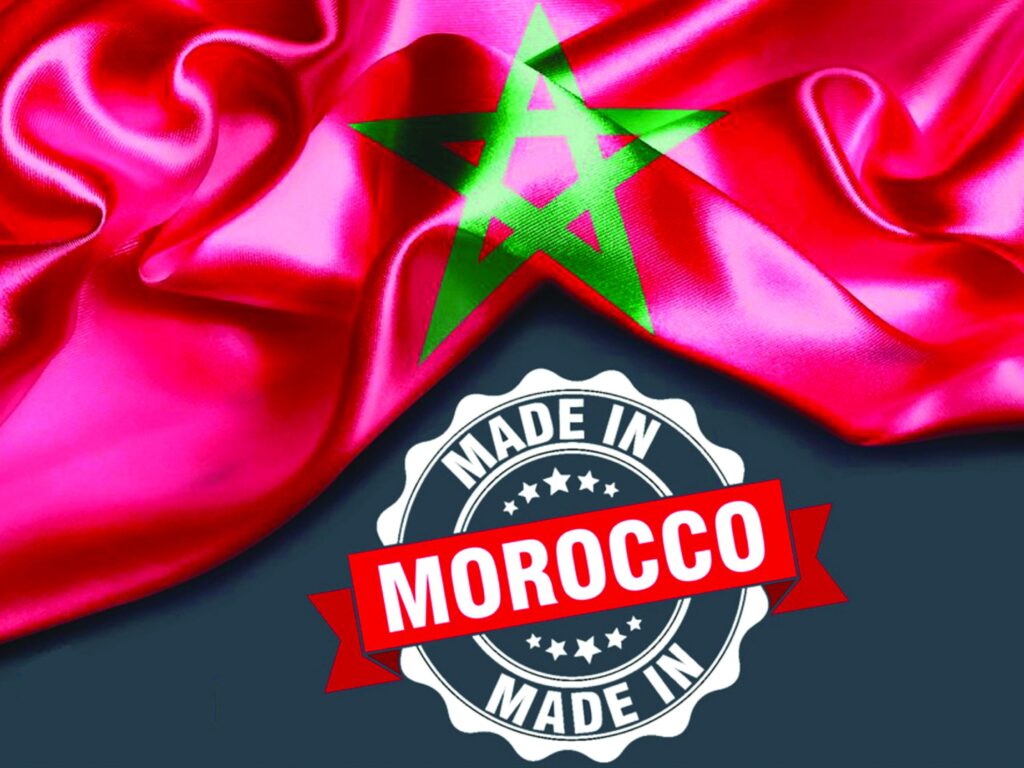
Thus, after reassuring Morocco's domestic economic strength and transforming it into a destination for major global multinational manufacturing companies, the moment had come to transform itself into a major player on the African continent, adopting two very simple and effective principles: South-South cooperation, based on a "win-win" approach! Thus, instead of merely playing the role of "mediator" for major economic powers in various regions of the African continent (France in West Africa, for example), Morocco gradually worked to replace these powers, whose "era" was clearly in decline, allowing Morocco to fill the void they would leave. Accordingly, within a few years, Morocco became the leading investor in West Africa, and the second largest investor on the African continent as a whole. It succeeded in forging economic partnerships with various countries—based on their needs—through an economic mix that combines the efforts of Moroccan public institutions (the Office Chérifien des Phosphates, for example) and the professional private sector in the fields of banking, telecommunications, aviation, equipment, construction, real estate, and others. This successful model of an “African actor” who understands the continent’s culture and deeply comprehends its needs has qualified him to replicate the experience in the continent’s center, east, and south, which has long been considered the “backyard” of the South African economy!
The royal shuttle tours to more than thirty African countries across the continent have spearheaded Morocco's current position on the continent. The shift from a limited Moroccan economic presence in French-speaking countries to English- and Portuguese-speaking ones has marked a watershed that has enabled the Kingdom to expand across the continent. Thus, Moroccan institutions have established a presence in various vital African sectors, and most importantly, in accordance with a new model that breaks with the traditional practices of the major economic powers, which have been unable to shake off the "legacy of their colonial relationship" with these countries.
It's true that "fertilizer diplomacy" spearheaded this expansion, actively contributing to ensuring "food security" for key African countries such as Nigeria, Ethiopia, Ghana, Rwanda, Kenya, Tanzania, Cameroon, Senegal, Ivory Coast, and others, by building massive fertilizer plants on their soil, rather than limiting their role to importing this vital commodity. However, these countries and others soon witnessed a significant presence of contracting companies, banks, energy companies, and others, which enabled them to see firsthand the embodiment of the royal principle of "South-South cooperation" based on a "win-win" equation. Importantly, this cooperation was not ideologically tinged or conditional on explicit recognition of the Moroccan Sahara, as Algeria, South Africa, and others have done. Consequently, Moroccan companies operating in these countries became "local," operating according to these countries' priorities to meet their most pressing needs.
Here, we must not overlook strategic projects such as the Nigeria-Morocco gas pipeline, which will provide energy to nearly 13 African countries. This is not to mention the project to connect the landlocked Sahel countries (Chad, Niger, Mali, and Burkina Faso) to the Atlantic Ocean via the port of Dakhla. This will achieve a tremendous economic transformation for these countries, the first fruits of which will begin to appear before the end of the current decade.
In conclusion, the Moroccan royal philosophy for economic growth across the African continent is based on contributing to ensuring water, food, energy, health, and education security, etc., in a way that citizens of these countries can tangibly experience the benefits, far removed from empty ideological slogans or reliance on the reality that these countries are sources of raw materials, as they have been for more than a century! A philosophy that consolidates Morocco's leading position on the continent, strengthens the Moroccan economic fabric locally, and secures a prominent place for the Sharifian Queen among the "big boys" when it comes to economic growth on the African continent!



